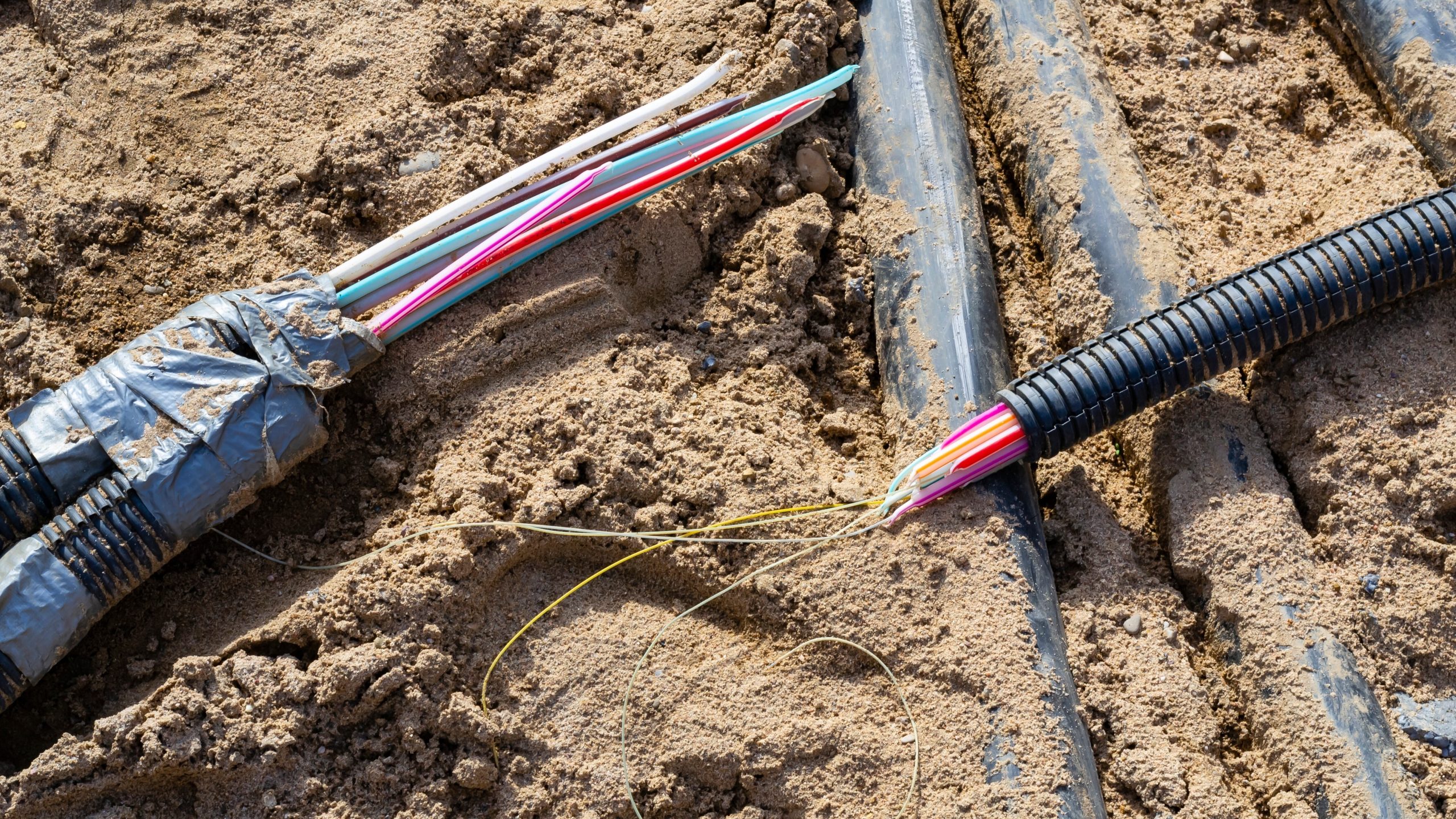
Between January and July 2025, MTN Nigeria experienced a staggering 5,478 fiber optic cable cuts—an average of nearly 800 incidents per month that crippled service quality across the country.
Records show that in June alone, MTN faced 1,016 cable cuts, highlighting a surge that dwarfs any previous monthly totals.
One major instance occurred in late August, when vandalism disrupted 101 sites across 15 local councils in Kano, Adamawa, and Borno States—a grim reminder of how vulnerable the infrastructure remains.
MTN identified road construction and vandalism as the two leading causes of fiber damage—with roadworks accounting for over 60% of all incidents.
This mirrors earlier findings: in 2024 and 2025, over 50,000 fibre cuts were recorded, many related to roadworks, further exposing the weak integration between infrastructure planning and telecom preservation.
The Nigerian Communications Commission (NCC) raised alarms over the scope of this problem, reporting more than 1,100 fibre cuts weekly across MTN, Airtel, and other operators.
These incidents also include access denials and equipment theft, threatening service reliability and national security.
Despite being labeled as critical national infrastructure (CNII), telecom assets continue to be compromised—proving that regulation without enforcement isn’t enough.
To tackle the crisis, MTN is exploring AI-based systems to monitor fibre lines in real-time, detecting disturbances and sending alerts swiftly. This innovation is being developed in partnership with Huawei.
Meanwhile, Nigeria’s Ministries of Works and Communications, in partnership with the NCC, launched a Joint Standing Committee on Telecom Infrastructure Protection to enhance coordination with road planners and contractors.